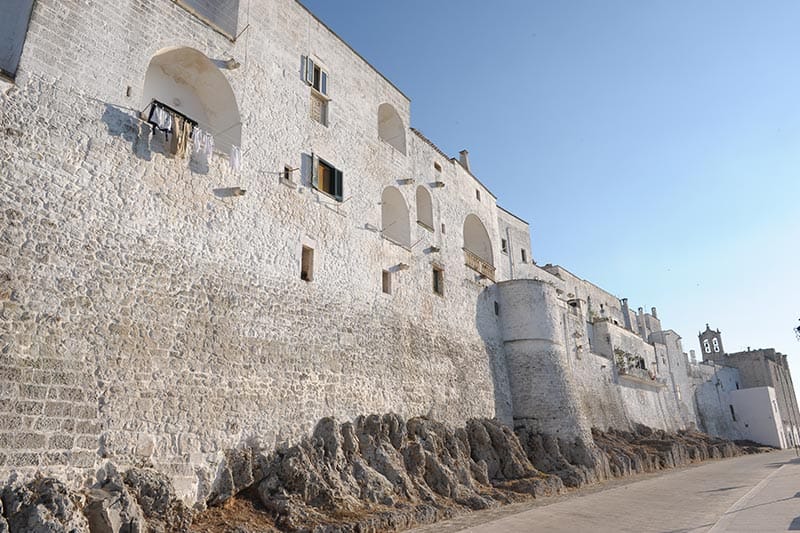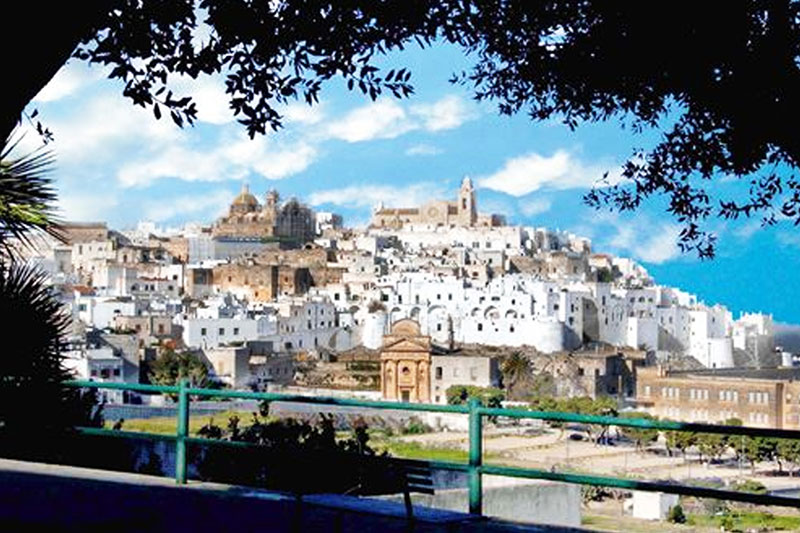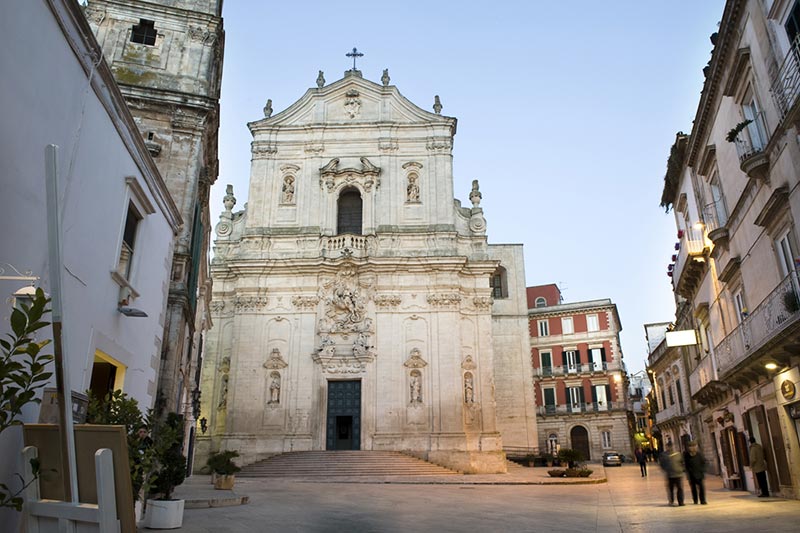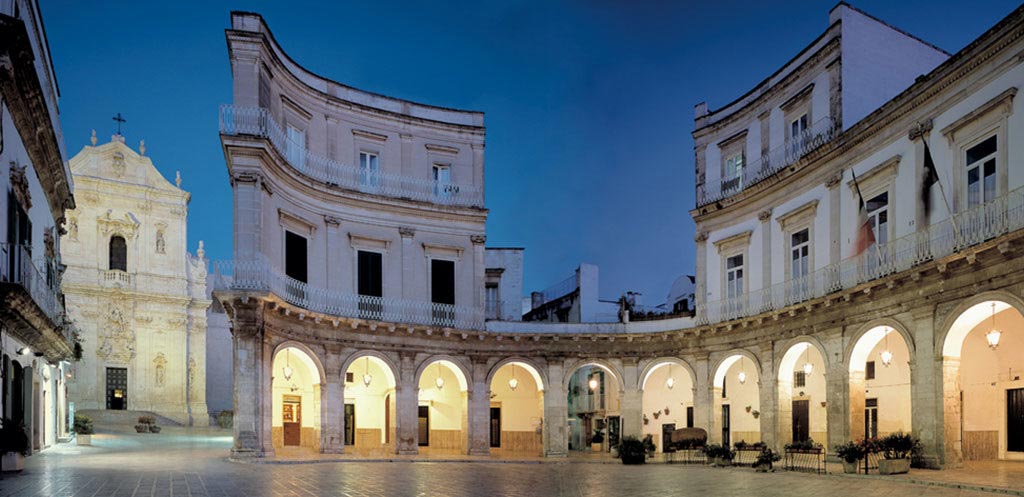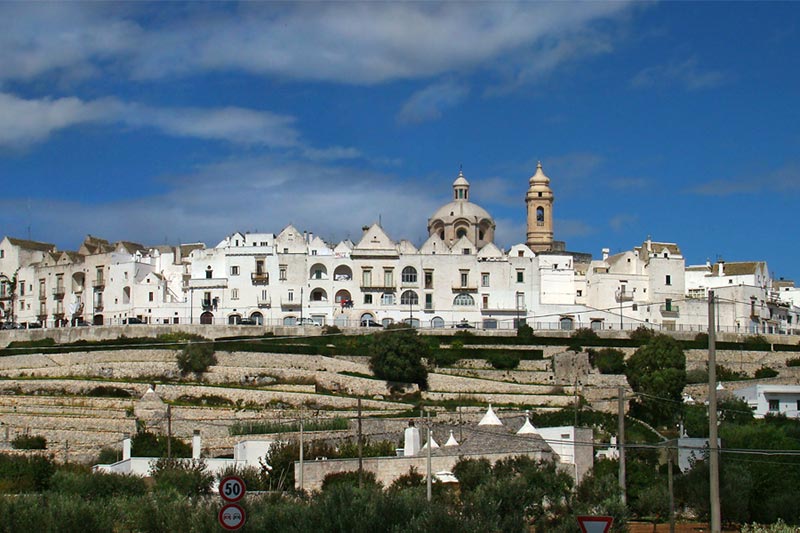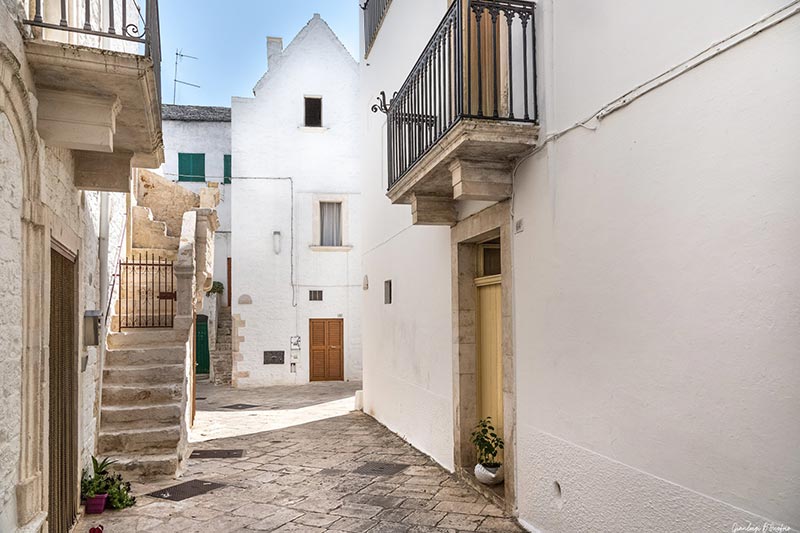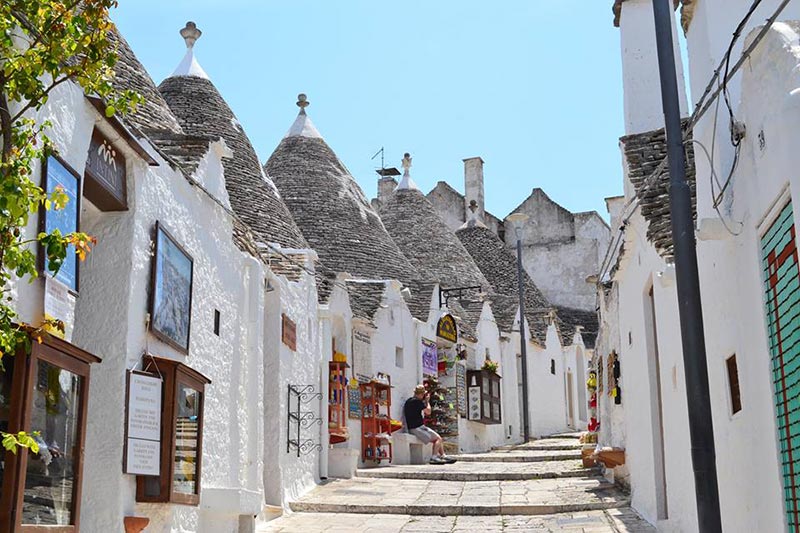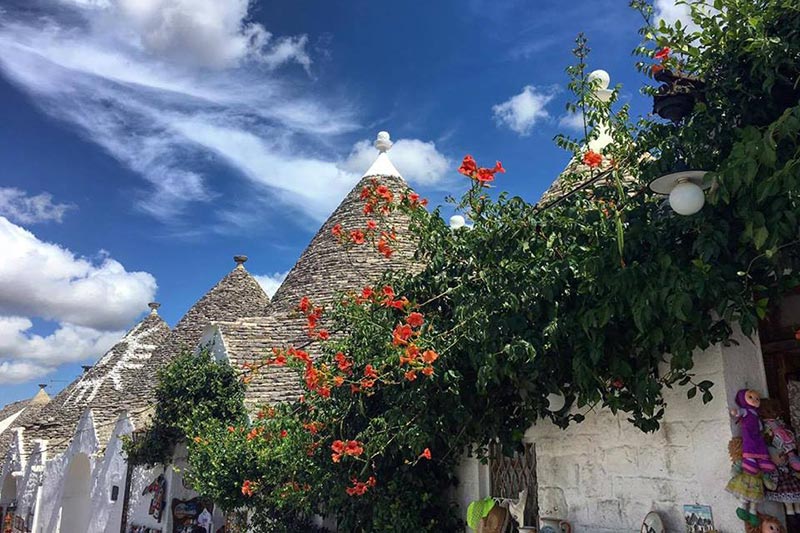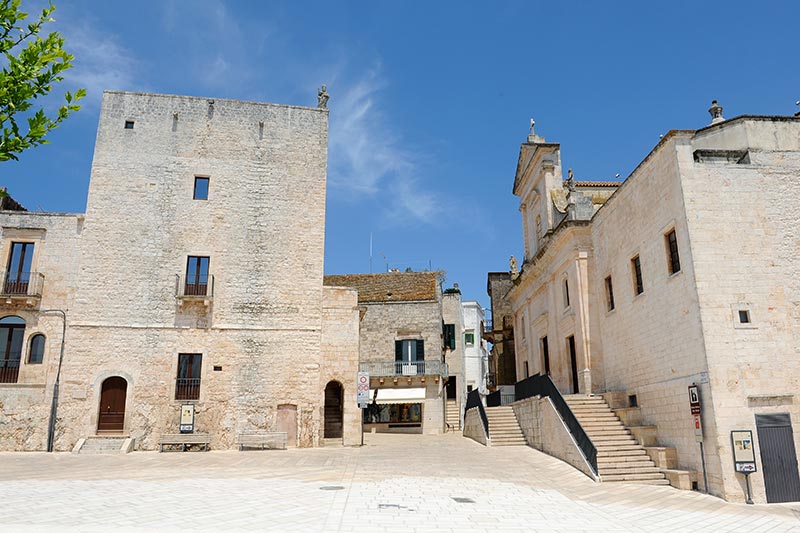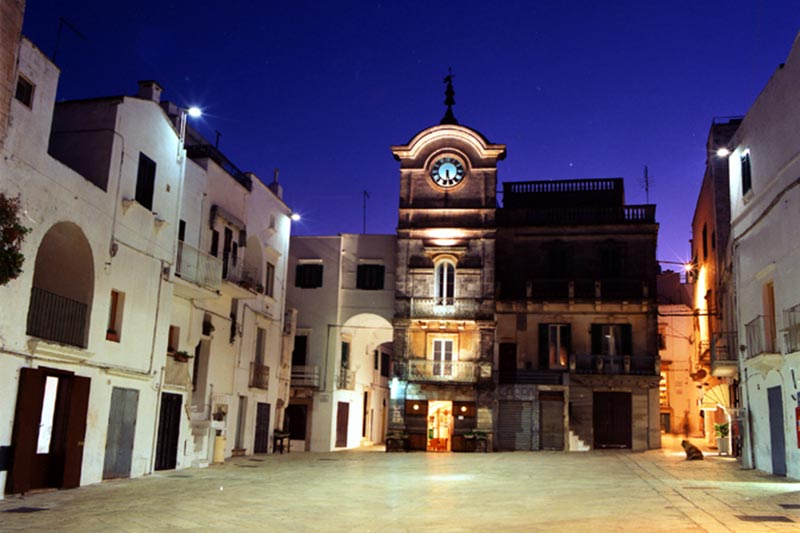Perched on top of a hill and surrounded by strong defensive walls that separate centuries-old olive trees from clusters of whitewashed houses, Ostuni is an extraordinary sight and a must see on a trip to Puglia.
Ostuni has an ancient history of at least 2500 years was founded by the Messapi, a people who came from ancient Illyria and then was subsequently a land of conquest by the Romans, Ostrogoths, Lombards, Saracens, Byzantines, Normans, Angevins, Aragonese and Bourbons. The most distinctive feature of Ostuni are not so much the historical monuments but its white buildings, which also represent the reason why it takes the epithet of the White City. The practice of washing with lime was used to disinfect houses and streets, thus limiting the plague’s depredations.
It may seem trivial but one of the most beautiful things to do in Ostuni is to get lost in the alleys of its historic center and let yourself be guided by the senses, completely captured by the colors and glitter of the houses and shops and flowered balconies.
The views from Ostuni are worth the trip in themselves. From every corner there are wonderful views, the best of which offer sweeping views of the surrounding countryside and the Adriatic Sea.
Enjoy the beaches near Ostuni. The White City is a stone’s throw from some of the most beautiful beaches in Puglia.
